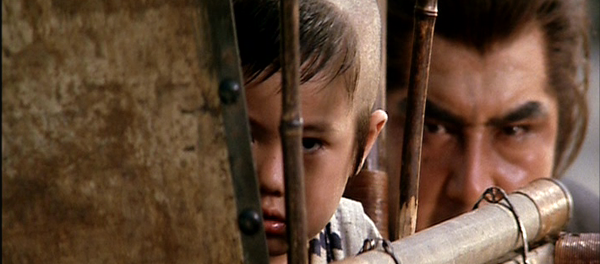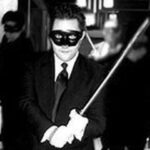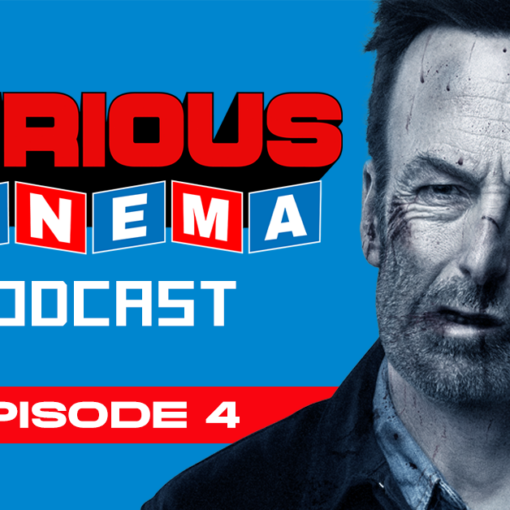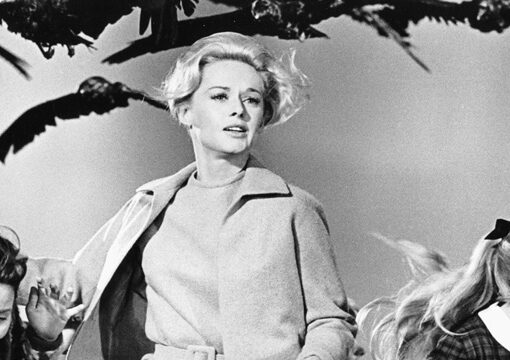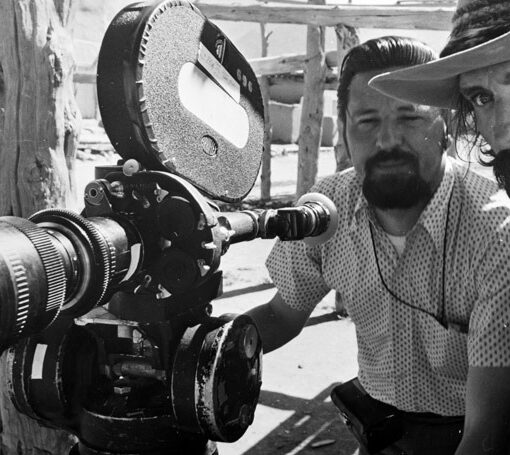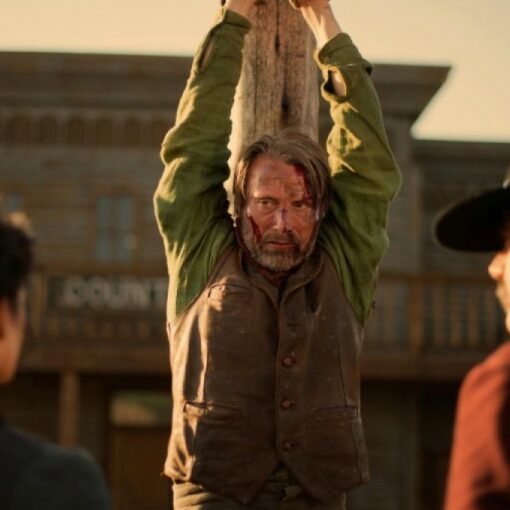No siree, these aren’t your everyday do-gooders that pull cats out of trees and help old ladies cross the street. These are the dark, scarred, lone scavengers of film. They are also some of the all time coolest complex, mysterious characters who blur a grey line between what we consider “good” and “bad”. They are the Furious Anti-Heroes of Cinema!
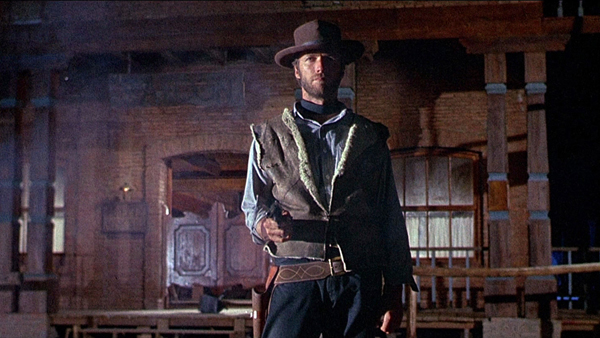
Name: Joe Manco/”Blondie”
Occupation: Bounty Killer
Director Sergio Leone’s “Dollars Trilogy: (A Fistful of Dollars, For a Few Dollars More and The Good The Bad and The Ugly) followed the adventures of a mysterious character often referred to as “The Man With No Name” (Clint Eastwood). Some people might not know it but he actually did have a name. Although it’s used only a couple of times in the second film in the series, For A Few Dollars More (1965), we learn that the lone bounty killer is named Joe Manco. The character of Tuco (Eli Wallach) in Leone’s final installment of the Dollars Trilogy (The Good The Bad and The Ugly, 1966) also calls him “Blondie”. Blondie is a drifter, a bounty killer and a part time thief that never comes across as all good or all bad (although he is given the title of The Good in the GB&U). He is an outlaw in many senses, but since he is also killing one villain after another be it Esteban Rojo (Gian Maria Volonte) or Sentenza (Lee Van Cleef) he seems to be a “good guy”. Throughout the films we see that Blondie is a character out for his own benefit, but he still has some morals. The character of Blondie in the Leone films became a sort of post modern blueprint for anti-heroes to come in the following years. From Italy to America to China and back again. Ironically, the actual character Blondie is based on was taken from Akira Kurosawa’s samurai film Yojimbo (1961).
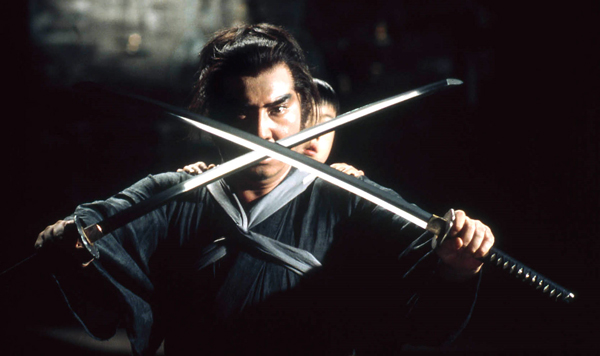
Name: Ogami Itto and his Baby Son Daigoro aka Lone Wolf & Cub
Occupation: Shogunate Executioner turned Killer For Hire
Across the globe in Japan, the new cinema of the 1970s was becoming more and more exciting. One popular cinematic story was based on a Japanese manga (graphic novel) called Lone Wolf and Cub. It told the story of a father and child that wandered the Japanese countryside in the 15th century. The main thing that was unique about these two characters was how the father was an assassin for hire on the run from the evil Yagyu clan that framed him for treason. The character of Ogami Itto (played wonderfully by Wakayama Tomisaburo) is an ex- Shogunate executioner who now uses his samurai skills to kill for money and slaughter all comers who try to attack him and his son. This character is actually very much like the Blondie character in the Leone films, but added is his child Daigoro, who helps Ogami out in times of trouble and also adds a delicate touch of emotion to the violent adventures. These films are known for their extremely bloody battle scenes in which every body part (including heads) get lopped off as the red blood shoots out like water from a fire hose.
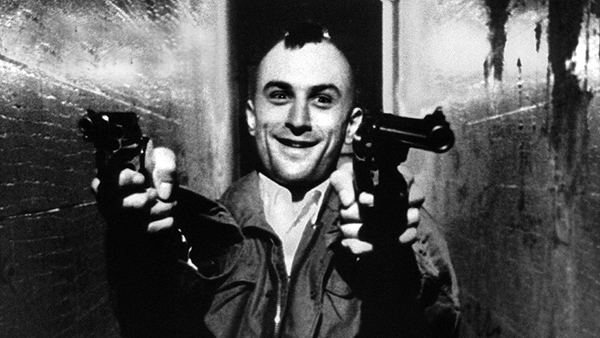
Name: Travis Bickle
Occupation: N.Y. Cabbie
In 1976 a film came out that changed cinema forever. It featured Robert DeNiro as a Vietnam vet named Travis Bickle who takes a job working as a cab driver on the mean streets of Manhattan. Over time Travis begins to breakdown mentally seeing the world through his own twisted vision. He is oddly both disgusted by and attracted to the darker side of life he witnesses while driving around town. He has also become obsessed with ridding the city of those elements he sees as evil. This is one of the most complex, interesting characters in film history and a truly memorable performance by DeNiro who causes one to have conflicted emotions over Travis, do we sympathize with or dread him?. Read our BLU RAY REVIEW & BERLINALE FESTIVAL RESTORATION REVIEW
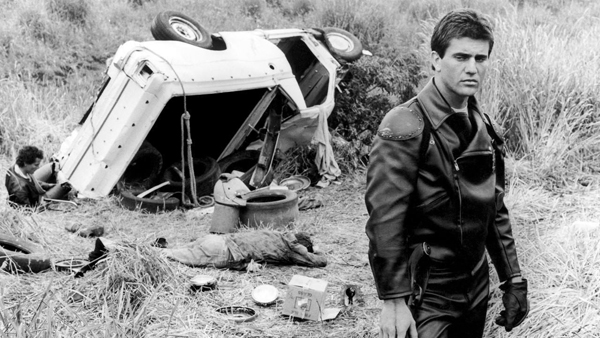
Name: Max Rockatansky
Occupation: Police Officer
In George Miller’s post apocalyptic road-action film Mad Max (1979) the character of Max Rockatansky (Mel Gibson) is a policeman working on the highways and bi-ways of the desolate Australian outback. While confronting psychotic nomads in cars and deadly thugs on motorcycles, Max becomes a hero to everyone around him, the last real gleam of bright bronze in an ever decaying society. After his best friend Goose is burnt to a crisp and his wife and child are murdered by the same insane road gang headed by a criminal called The Toecutter (Hugh-Keays Byrne), Max goes out to get his revenge and destroys the gang in an ultra fast, motorized style. Mad Max really is an Australian Spaghetti Western but instead of the villains and heroes riding horses they drive suped-up muscle cars. The film also has a comic book feel with the way Miller handled the visuals. Combining the atmosphere of a Leone western with customized vehicles makes Mad Max an extremely unique and exciting adventure-revenge film.
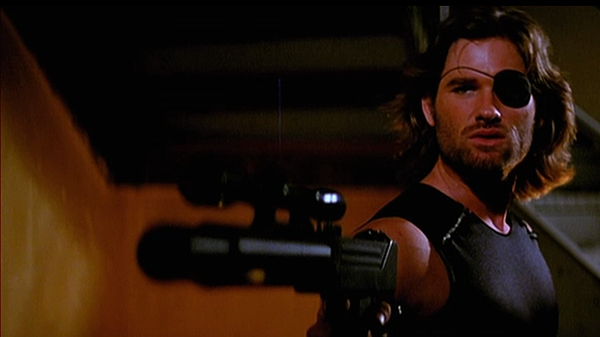
Name: S.D. Bob “Snake” Plissken
Occupation: Outlaw
Director John Carpenter had made several great genre films since he began his career. From his Rio Bravo inspired thriller Assault on Precinct 13 (1976) to his horror classic Halloween (1978). In 1981, Carpenter created a brand new anti-hero for audiences. The character was directly influenced by Eastwood’s Man With No Name character but changed to a futuristic renegade. His name was Snake Plissken (Kurt Russell). In the story, we learn that Plissken was an ex-Special Forces soldier who had fought in World War III and had since turned into a criminal in the post-war dystopian America. He was a known criminal and outlaw in the world and until his capture by the government, he was all but unstoppable. In Carpenter’s Escape From New York, Plissken is recruited by Bob Houk (played by Leone film veteran Lee Van Cleef to give the film yet another Spaghetti Western touch), Houk is also an ex Special Forces soldier who now works in the new Police Force. His current mission is to rescue the President (Donald Pleasance) when Air Force One is hijacked and crashes in the dangerous prison city of Manhattan Island. Plissken is offered a deal by Houk, and after thinking about it, decides he’d rather try finding the President and gain his freedom than rot in jail forever. He realizes he has no choice after Houk injects him with deadly capsules that will kill him in a short time if he doesn’t complete the mission quickly. The film is an adventure through the dark atmosphere of an alternate future of NYC which is now used as a prison, overrun with deadly gangs and zombie-like residents out for blood. Snake meets several characters including an old acquaintance nicknamed “Brain” (Harry Dean Stanton) and the dangerous Afro-king of the city: Duke (Isaac Hayes). Influences from George Romero’s Living Dead films, Carpenter’s own Assault on Precinct 13, Leone’s Spaghetti Westerns and even Mad Max can be seen in the film. In 1997, Carpenter brought Snake Plissken back for his sequel to EFNY: Escape From L.A.. The plot was similar, a rescue mission, but the budget was bigger and there were even more colorful characters including a Che Guevara-esque rebel called Cuervo Jones and a little rat named “Map To The Stars” Eddie (Steve Buscemi). Blaxploitation queen Pam Grier (Coffy) even shows up as Plissken’s old pal (now a transsexual) known as Her-She.
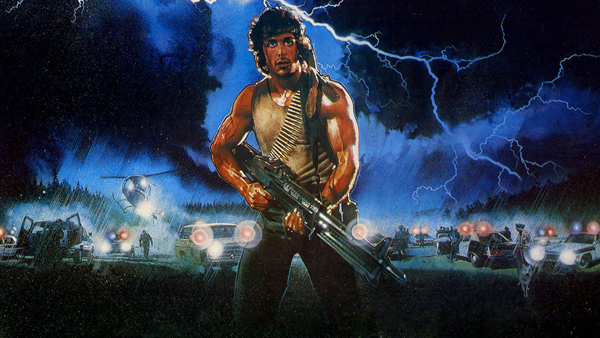
Name: John J. Rambo
Occupation: Unemployed
In First Blood (1982) a Vietnam vet turned drifter John J. Rambo (Sylvester Stallone) finds himself at odds with society. As he makes his way on foot through the Northwest he decides to visit one of his friends from his old squad, Delmore Barry. When Rambo arrives at Barry’s home he finds out he has recently died from cancer stemming from Agent Orange that was sprayed during the war. Rambo, now sullen, tries to stop in a nearby town to get something to eat but is met with aggression by the local Sheriff (Brian Dennehy). Rambo is swiftly kicked out of this place for no reason other than he’s not a local. After being dropped off at the town line, Rambo defiantly walks back into town and is quickly arrested and booked. While in the town jail he is tortured by a sadistic officer Art Gault (Jack Starrett) and his post traumatic stress disorder causes him to mentally snap. Rambo breaks out of the jail and takes refuge in the mountains outside of town, where he then wages a one man war on the police and National Guard. It’s a mad as hell story that is now an American anti-heroic film staple.
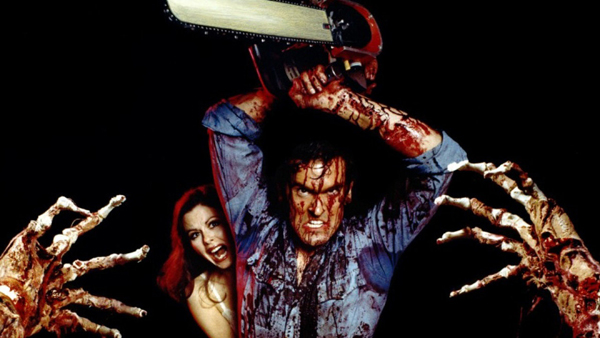
Name: Ashley “Ash” Williams
Occupation: S-Mart Clerk
From the beginning, the horror genre never really had a true single cult hero, but with Sam Raimi’s Evil Dead series (The Evil Dead, Evil Dead 2: Dead by Dawn, Army of Darkness), audiences got one. His name was Ash (Bruce Campbell) an unsuspecting regular shmoe, who doesn’t realize what he’s getting into when he goes on a little vacation with some friends to an old cabin in the woods. Pretty soon, after reading some passages from an ancient book called the Necronomicon (Book of The Dead), one by one Ash’s friends become possessed by the evil powers from beyond that reading from the book unleashes. Using all his might and trying not to go completely crazy, Ash fends off these undead souls by using every power tool and weapon around he can find. In the second installment of the series, after his own hand becomes possessed by the evil, Ash saws it off completely and adds to his bloody stump a large chainsaw which he uses as a weapon to defend himself. Armed now with a large shotgun he calls his “boomstick” and his chainsaw-arm, Ash must battle the Evil Dead to stay alive (if you look closely you can even see shades of Mad Max). Raimi’s work on Evil Dead brought two genres together that audiences had never really seen before: Three Stooges style slapstick comedy and blood n’ gore. This made the series highly enjoyable to horrorhounds, comedy lovers and regular filmgoers alike. Since the series intital release, star Bruce Campbell has become an low budget film hero to millions of film geeks and has gained a cult following bigger than any other B-movie star around.
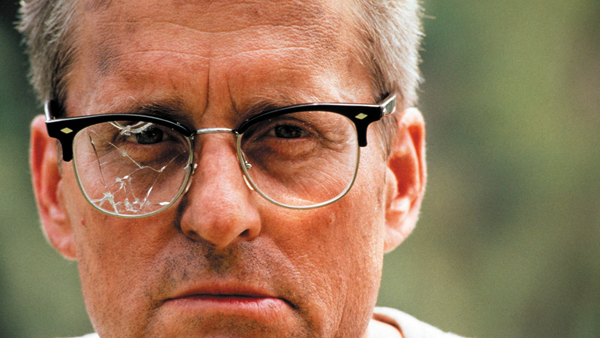
Name: William Foster aka “D-Fens”
Occupation: Government Defense Worker
Joel Schumacher’s 1993 crime drama Falling Down could be seen as a modern counterpart to Taxi Driver. The story follows William Foster (Michael Douglas), a government defense worker who has been abruptly fired from his job. As he sits in the sweltering heat, stuck in a traffic jam, he loses his grip from the pressure on him due to his personal life (separation from his wife/child, his job) and decides to leave his car and walk home from work. As Foster journeys through the streets of L.A. he comes in contact with a variety of angry, pushy citizens all of who confront him. Foster decides to not submit to the acts of aggression and fights back thus becoming a wanted vigilante. This is one of the best kinds of audience participation movies as you watch Foster do what so many of us wish we could to those who give us a hard time.
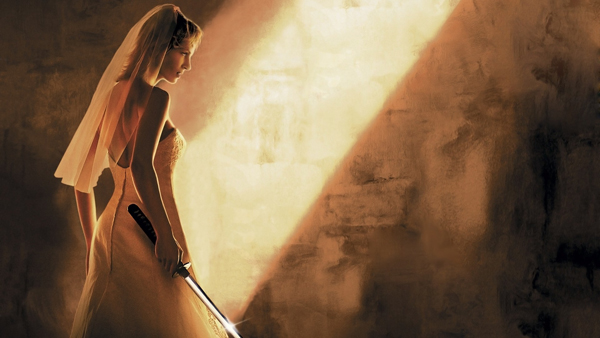
Name: Beatrix Kiddo aka “Black Mamba” aka “Arlene Machiavelli” aka “The Bride”
Occupation: Professional Assassin
In 2003-04, Writer-Director Quentin Tarantino threw us a revenge story the likes we hadnt seen before… or had we? The film was Kill Bill, and his anti-hero known as The Bride (Uma Thurman) contained all the super powers an Exploitation character could possess. This time we got a Girl With No Name, (Tarantino actually goes a step further by audibly bleeping it out when her real name is said). The Bride was once an assassin trained in the deadly arts of ancient Kung Fu and Samurai Sword styles. After leaving her assassin outfit (The Deadly Viper Asssassination Squad or DiVAS) because she is pregnant, her former lover/boss Bill (David Carradine) tracks her down and the other squad members (Budd, Elle Driver, O-Ren Ishii and Vernita Green) bushwhack and massacre the entire wedding party. The Bride is shot point blank in the head and left for dead as well. She miraculously survives and awakes from a coma four years later. After seeing her baby is gone, she goes after her ex-group members on a roaring rampage of revenge and takes them out one by one using her deadly skills. Tarantino drew on many older Exploitation heroes for the characters in the film. The film also works as a Grindhouse movie blender. He combines classic b-movie genres such as Spaghetti Westerns (Dollars Trilogy, Day of Anger, Death Rides a Horse), Blaxploitation (Coffy, Cleopatra Jones), Japanese Pop Samurai & Yakuza films (Lady Snowblood, Lone Wolf and Cub, Street Mobster, Black Lizard), Shaw Brothers Kung Fu (Vengeance, Fists of the White Lotus) to Italian Gore (Zombie, The Beyond) and Gialli (Bird With The Crystal Plummage, The Psychic). Tarantino used Kill Bill as a cinematic engine to drive a story filled with all the kinds of cinema he loves to indulge in. The film also did something that has been often overlooked: It finally completes the cinematic circle by bringing together the Japanese Samurai film, the Chinese Kung Fu film and the Italian Spaghetti Western (A Fistful of Dollars) three genres that have throughout cinema history borrowed ideas from each other. Kill Bill is today considered to be the ultimate Exploitation film celebration and a post-modern masterpiece

